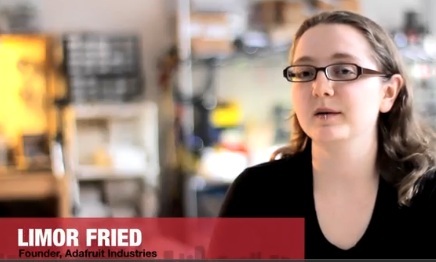I really first got interested in sustainability in 2005, I got involved with a group called the welsh youth forum on sustainable development and our main project at the time was on climate change. I remember one meeting where we where discussing what we would do. I remember thinking and suggesting back then that as sustainability requires a shift from our current carbon based use of energy over to renewable energy that a suitable project would be to measure our current use of energy as a group and see if we could make measurable progress towards both reduced use of energy and increased renewable energy.
Nothing came of the idea at that time as I didn't put the work in to make it happen, never-the-less the idea stayed in my mind and the idea of measuring energy so that we can receive feedback on our progress and make sure our actions are effective ultimately let to the starting of this project 4 years later. I also fancied the challenge of building the tools to do this myself as that would allow me to get at and use the data to make the analyses I wanted which was not possible with the household energy monitors available at the time. And it goes without saying that I also think that making these tools open-source would be awesome as open source is awesome.
While learning more about sustainability Suneil, Glyn and I came across a book called Sustainable Energy - without the hot air by David MacKay of Cambridge University:
http://www.withouthotair.com/ which is a really enlightening book that we got excited about here. The book highlights an approach using quite straight forward maths for quantifying our use of energy in full and then calculating how much renewables we would require to provide that energy.
The result of the calculations is staggering in terms of the scale of the renewables required to provide our current energy consumption: We need country sized areas devoted to renewables to provide significant slices of our energy use. The main message of the book is that we need energy plans that add-up, we cant be anti wind, hydro, solar, nuclear etc etc and not in my back yard and at the same time expect enough energy to do everything we do at the moment and have a healthy biosphere.
Saul Griffiths great talk on energy comes to the same conclusions using much of the same approach, using Watts instead of kWh/d and applied to the world instead of the uk.
So where do we go from here?I like the way Saul Griffiths puts it very clearly at the start of his talk:
“We've heard about climate change, energy plans... What you probably want to know is how do you fit in, how do you relate to energy. What you also really need are the right tools for making the right consumer choices so that your life can match with the outcome for the planet that you would like.”Energy monitoring hardware is one part of the tool-set required and we have made good progress with this project on these: We now have an energy monitor for monitoring mains AC electricity use , a multiple input pulse counter to interface with many smart meters a DC energy monitor for microrenewables and a Solar hot water controller/monitor.
The other part to the tool-set is good visualisation of the monitored data so that it can be understood and related to our actions and aims. This can be divided into two parts: standalone displays and computer based visualisations. Glyn is currently working on a stand-alone energy display design and I'm working with Carlos and Suneil on a energy visualisation web application.
We hope the OpenEnergyMonitor tools can complement and build upon the work of David MacKay and Saul Griffiths making it easier to understand our energy use, understand the energy choices that we have and allow us to see and track the progress that we make.
In the next couple of posts I will introduce the energy visualisation web application that we are working on and also three initiative that are in the pipeline that make use of these tools: the CAT microgrid display project, the EcoBro community energy decent project and Megni an energy monitoring and energy visualisation business that Glyn and I have been working on setting up. There has been quite a bit going on recently I feel its time I sat down to update about it.











